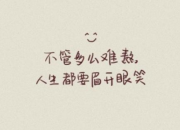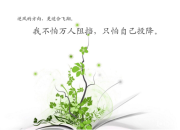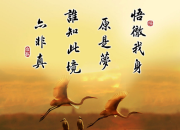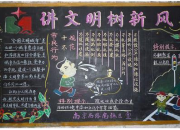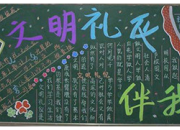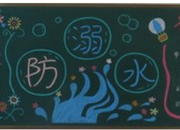母亲节由来英文版长
时间:2021-08-31中国作为世界大国,应当有自己的母亲节,中国的母亲节比外国的母亲节更厉害,中国的母亲节一定成功,成为世界的,整个人类的。
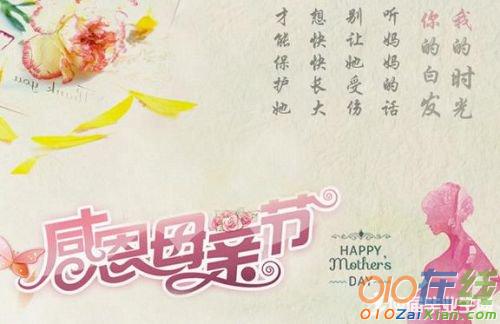
母亲节的来历英文版:
The history of Mother's Day
The earliest Mother's Day celebrations are traced back to the spring celebrations of ancient Greece in honor of Rhea, the Mother of the Gods.
During the 1600's, England celebrated a day called “Mothering Sunday”, celebrated on the 4th Sunday of Lent . “Mothering Sunday” honored the mothers of England. During this time many of the England's poor worked as servants for the wealthy. As most jobs were located far from their homes, the servants would live at the houses of their employers.
On Mothering Sunday the servants would have the day off and were encouraged to return home and spend the day with their mothers. A special cake, called the mothering cake, was often brought along to provide a festive touch.
As Christianity spread throughout Europe the celebration changed to honor the “Mother Church” -- the spiritual power that gave them life and protected them from harm. Over time the church festival blended with the Mothering Sunday celebration . People began honoring their mothers as well as the church.
In the United States Mother's Day was first suggested in 1872 by Julia Ward Howe as a day dedicated to peace.
In 1907 Ana Jarvis, from Philadelphia, began a campaign to establish a national Mother's Day. Ms. Jarvis persuaded her mother's church in Grafton, West Virginia to celebrate Mother's Day on the second anniversary of her mother's death, the 2nd Sunday of May. By the next year Mother's Day was also celebrated in Philadelphia.
Ms. Jarvis and her supporters began to write to ministers, businessman, and politicians in their quest to establish a national Mother's Day. It was successful, by 1911 Mother's Day was celebrated in almost every state. President Woodrow
Wilson, in 1914, made the official announcement proclaiming Mother's Day a national holiday that was to be held each year on the 2nd Sunday of May.
While many countries of the world celebrate their own Mother's Day at different times throughout the year, there are some countries such as Denmark, Finland, Italy, Turkey, Australia, and Belgium which also celebrate Mother's Day on the second Sunday of May.
Richer Than Gold
Strickland Gillilan (1869-1954)I had a mother who read me things .That wholesome life to the boy heart brings .Stories that stir with an upward touch,Oh, that each mother of boys were such!
You may have tangible wealth untold,Caskets of jewels and coffers of gold.Richer than I you can never be .I had a mother who read to me.
为什么会有母亲节这个说法
母亲节的传统起源于古希腊。在一月八日这一天,古希腊人向希腊众神之母瑞亚致敬。到古罗马时,这些5.10母亲节活动的规模就变得更大,庆祝盛况往往持续达三天之久。当然,古时人们对女神的崇拜只不过是一种迷信,它同今天人们对母性的尊敬是大不相同的。17世纪中,母亲节流传到英国,英国人把封斋期的第四个星期天作为母亲节。在这一天里,出门在外的年轻人将回到家中,给他们的母亲带上一些小礼物。
1876年,美国还在悲悼南北战争的死者。安娜·查维斯夫人在礼拜母亲节由来堂讲授美国国殇纪念日的课程,讲到战役中捐躯的英雄故事后,她进行祈祷时说:“但愿在某处、某时,会有人创立一个母亲节,纪念和赞扬美国与全世界的母亲。”
现在世界流行的母亲节是5月的第二个星期日,是美国最先设立的。1914年,美利坚合众国国会正式命名5月的第二个星期日为母亲节,并要求总统发布宣言,号召政府官员在所有的公共建筑物上悬挂国旗。紧接着,威尔逊总统昭告全国公民也在自己的住宅上挂国旗以表达人们对美利坚合众国全体母亲的热爱和尊敬。此后美利坚合众国总统每年都要发表一篇内容相同的宣言。此后,母亲节便在各国开展。母亲节是在中国港澳台地区流行起来之后才进入大陆的。

